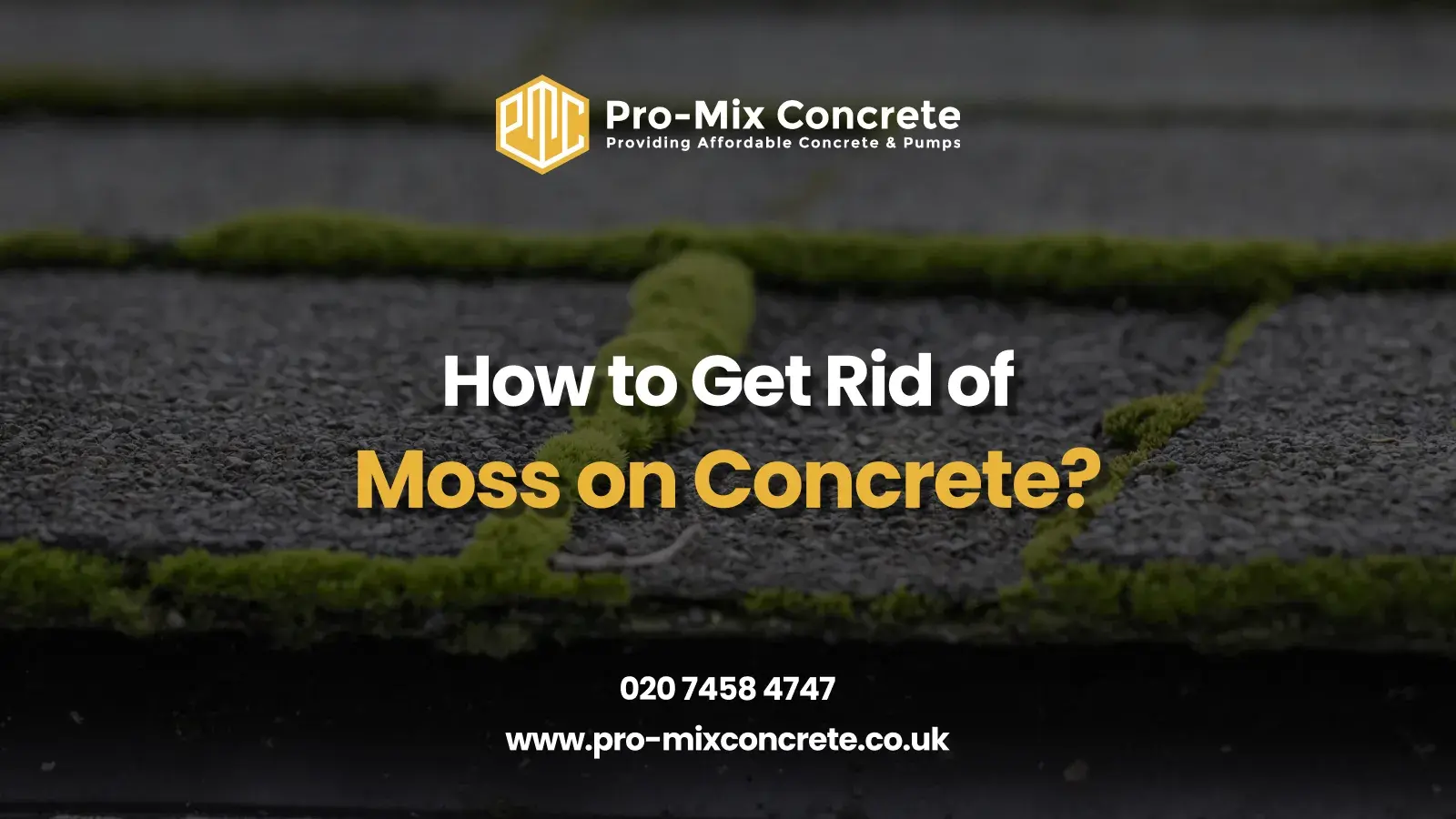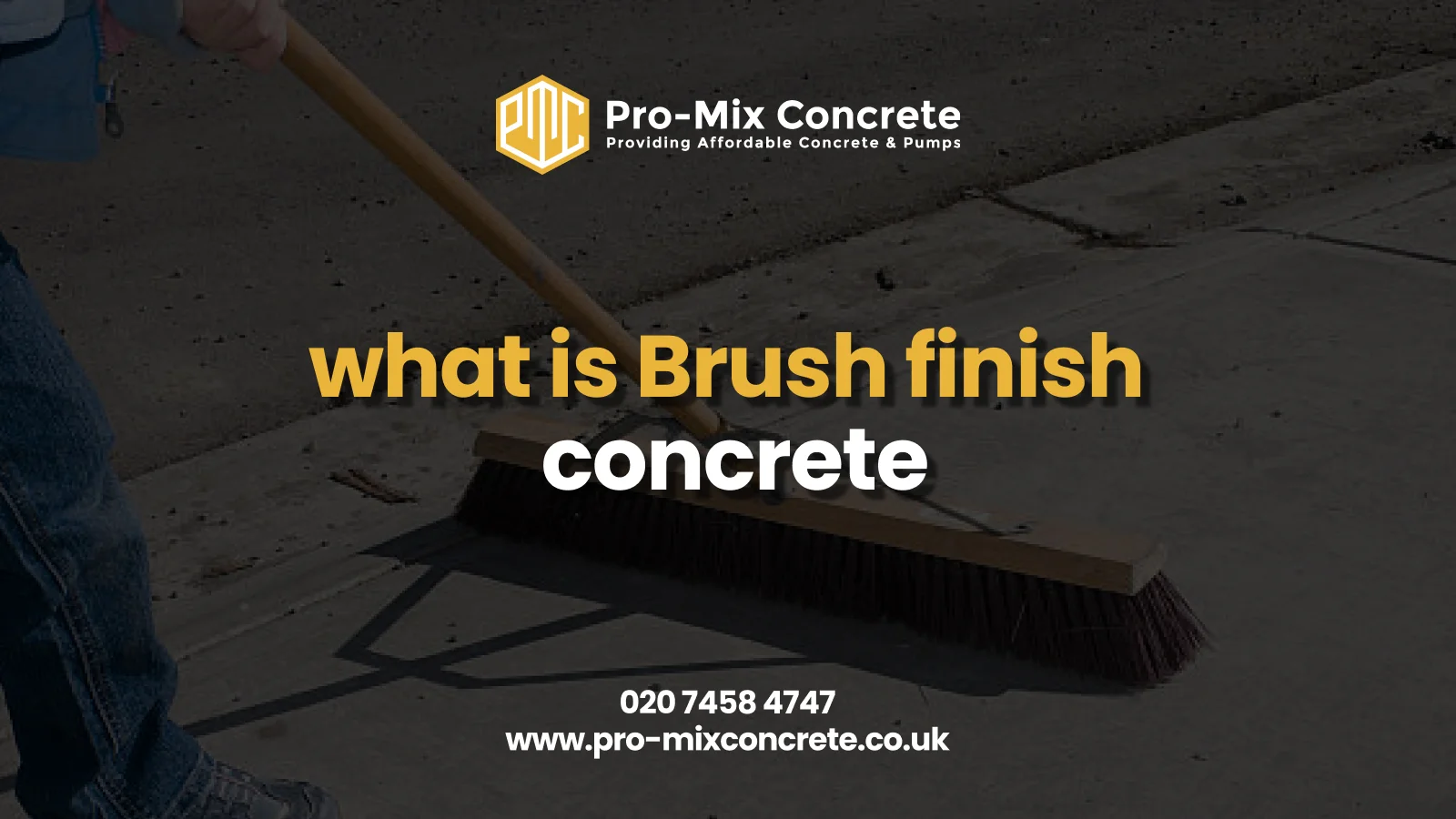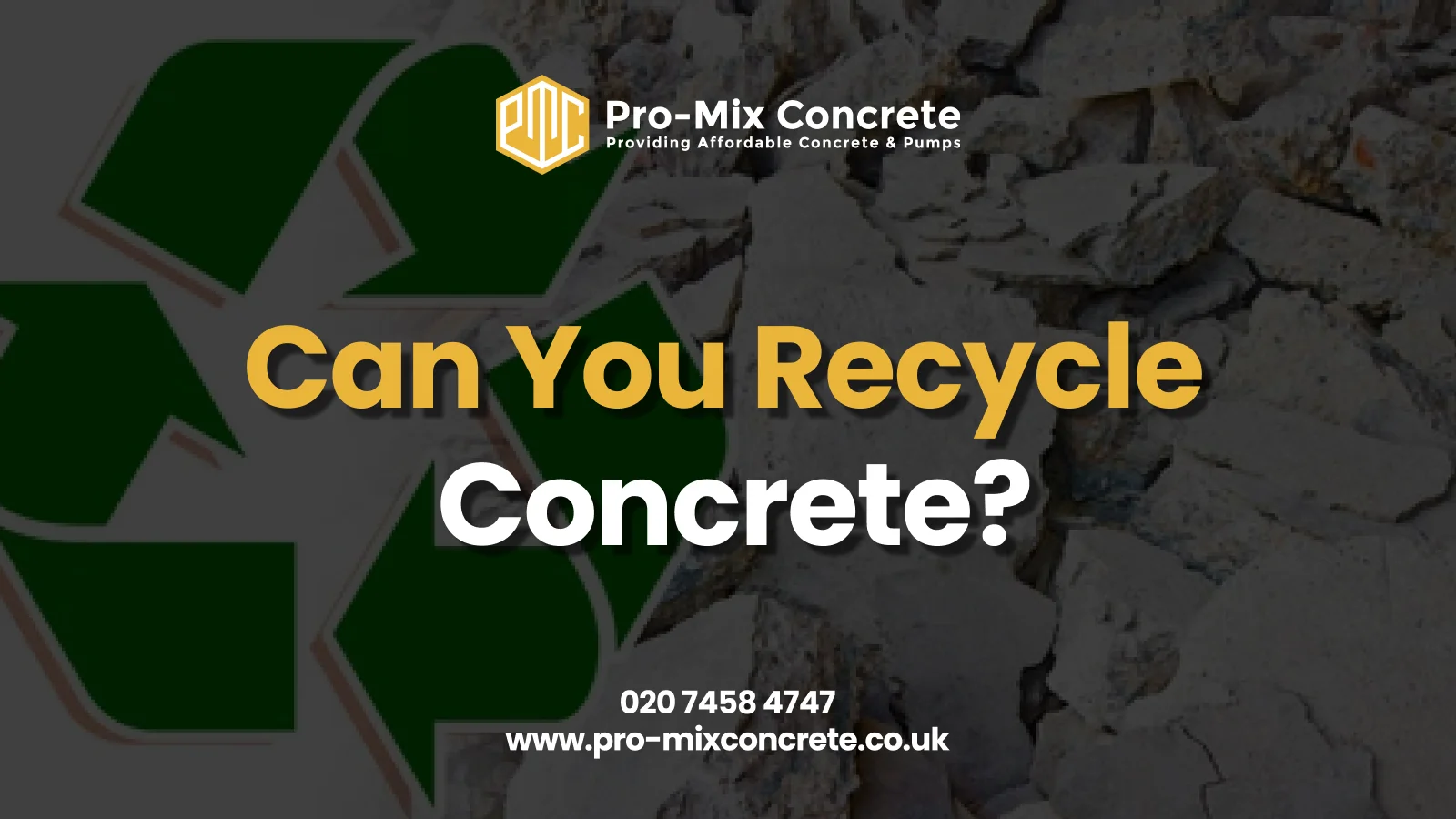Spotting green patches spreading across your patio, driveway, or walkway? That’s moss, a common yet unwelcome guest on concrete surfaces. While moss might enhance forest floors with rustic charm, on site concrete creates dangerous slip hazards and can lead to long-term surface damage if left untreated.
Thankfully, removing moss doesn’t require professional help or specialised equipment. With everyday household items and some dedicated effort, you can restore your concrete to its original condition. Simple vinegar solutions, careful pressure washing, and preventative maintenance can eliminate moss and keep it from returning.
A survey in the Netherlands identified 137 distinct moss communities growing on concrete in just three cities, highlighting how remarkably common and diverse moss colonisation becomes in urban environments. Understanding why moss takes hold, knowing the most effective removal techniques, and implementing smart prevention strategies enable you to maintain moss-free concrete surfaces year-round.
Why Does Moss Grow on Concrete?
Moss is a sign that your concrete is providing the perfect environment for these primitive plants to thrive. Understanding why moss appears helps you tackle the root causes:
- Moisture: Moss needs water to reproduce and grow. Areas that stay damp for long periods are prime moss territory.
- Shade: Sunlight naturally discourages moss growth. Shaded areas under trees or on the north side of buildings are more susceptible.
- Poor drainage: Concrete that doesn’t drain properly keeps moisture around longer, creating ideal conditions for moss.
- Porous surface: Older or damaged concrete has tiny cracks and pores that trap moisture and provide anchoring points for moss to take hold.
- Organic debris: Leaves, dirt, and other organic materials provide nutrients that feed moss growth.
- Acidic environment: Moss prefers slightly acidic conditions, which can develop on concrete from rainwater, pine needles, or oak leaves.
- Climate factors: Areas with high rainfall, high humidity, or frequent fog create ideal growing conditions for moss.
When you notice small green patches forming, that’s the best time to act. The longer moss grows, the more firmly it attaches to concrete, making removal more difficult. Research shows that moss can begin establishing root-like structures (rhizoids) within just 2-3 weeks of initial growth, allowing it to anchor more securely to the concrete surface.
Physical Removal Methods
Sometimes the simplest approaches work best. These physical removal methods are great first steps before applying any treatments:
1. Scrubbing
For small areas or light moss growth, manual scrubbing is effective and eco-friendly:
- Use a stiff-bristled brush (avoid metal brushes that might scratch concrete)
- Work with warm, soapy water (dish soap works well)
- Scrub in circular motions with firm pressure
- Rinse thoroughly after scrubbing
- Add 1/4 cup of salt to your soapy water mixture for stubborn patches
This method works well for patios and walkways with light moss growth. It’s perfect for environmentally sensitive areas where you’d prefer to avoid chemicals. Choose a dry, overcast day for scrubbing for best results, as direct sunlight can dry solutions too quickly before they have time to work.
2. Pressure Washing
When dealing with larger areas or stubborn moss, pressure washing saves time and effort:
- Use a pressure washer on a low to medium setting (1500-2000 PSI)
- Keep the nozzle at least 12 inches from the surface
- Work in a systematic pattern from one end to the other
- Direct water at a slight angle to avoid damaging the concrete
- Consider using a surface cleaner attachment for large, flat areas
- Allow the concrete to dry completely afterwards (24-48 hours)
Pressure washing is highly effective but requires careful technique to prevent concrete damage. If you’re not familiar with using a pressure washer, practice on an inconspicuous area first. For extremely stubborn moss, pre-treat the area with vinegar or a commercial moss killer 20-30 minutes before pressure washing for enhanced effectiveness.
Natural and Household Solutions
If you prefer eco-friendly methods, several household items can effectively kill moss without harsh chemicals:
1. Vinegar Solution
White vinegar is a popular natural moss killer that’s both effective and environmentally friendly:
- Mix equal parts white vinegar and water in a spray bottle (for stubborn moss, use undiluted vinegar)
- Apply on a dry day when no rain is forecast for at least 24 hours
- Spray generously on moss-covered areas until completely saturated
- Let sit for 15-30 minutes (avoid applying in direct sunlight)
- Scrub with a stiff brush, working from the edges toward the centre
- Rinse thoroughly with clean water
The acetic acid in vinegar breaks down the moss cell structure, making it easier to remove. Distilled white vinegar with 5% acidity is sufficient for most applications, though cleaning vinegar (with 6-8% acidity) provides stronger moss-killing power. Additionally, consider adding 1 tablespoon of salt and a few drops of dish soap to your vinegar solution to enhance its penetrating power.
2. Baking Soda Method
Baking soda creates an alkaline environment that moss can’t tolerate:
- Sprinkle baking soda generously over moss-covered areas (about 1/4 inch thick)
- Make a paste with water for better adhesion on vertical surfaces
- Leave it for at least 24 hours, longer if possible
- Wet the area slightly and scrub with a brush
- Rinse thoroughly
- Repeat application after 2-3 weeks for complete prevention
This method is particularly effective for smaller areas and is completely safe for pets and plants. Baking soda’s alkaline properties (pH of 8.3) contrast sharply with moss’s preference for acidic environments (pH 5.0-5.5), making it an effective but gentle treatment.
3. Boiling Water Treatment
Sometimes the simplest solution works wonders:
- Boil several pots of water
- Add 1 cup of salt per gallon for enhanced effectiveness
- Pour directly onto moss patches, starting from the centre
- Scrub immediately while the moss is still hot
- Repeat as necessary for complete removal
- Rinse with clean water
The heat instantly kills moss and loosens its grip on concrete, making it easier to remove. This method is completely free and uses no chemicals, making it perfect for environmentally conscious homeowners. The addition of salt helps prevent regrowth, though it should be used carefully around plant life.
Chemical Solutions
For more stubborn moss problems, commercial products and stronger household chemicals offer powerful solutions:
1. Bleach Solution
Bleach is highly effective against moss but should be used with caution:
- Mix one part household bleach with five parts water
- Apply to moss using a sprayer or brush
- Let it sit for 15-20 minutes (avoid sunny days)
- Scrub thoroughly
- Rinse abundantly with clean water
Always wear protective gear including gloves, eye protection, and appropriate footwear when working with bleach. Cover nearby plants with plastic sheeting to protect them from bleach spray or runoff. Standard household bleach (sodium hypochlorite 5-6%) works well, but avoid using splash less or scented varieties as they may contain additives that affect concrete.
2. Commercial Moss Killers
Ready made concrete offer convenience and often include preventative ingredients:
- Choose products specifically designed for concrete surfaces
- Follow the manufacturer’s instructions precisely
- Most require application in dry weather
- Many need 24-48 hours to work effectively
- Rinse thoroughly after the recommended waiting period
Commercial moss killers are often the most effective option for severe infestations, though they typically cost more than DIY solutions. Products containing zinc sulfate monohydrate create a residual effect that helps prevent moss from returning for 6-12 months after application.
Most Effective Method for Different Situations
Different moss problems call for different approaches:
- For light, recent moss growth, natural methods like vinegar or baking soda typically work well.
- For extensive, established moss, a combination approach works best: pressure washing followed by a commercial moss killer.
- For moss in environmentally sensitive areas, stick with physical removal and boiling water treatments.
- For persistent moss that keeps returning, focus on changing environmental conditions (improving drainage, increasing sunlight) after removal.
- For older or weathered concrete surfaces, consider sealing after cleaning. A 2018 study found that the more porous a walling material is, the greater the extent of moss growth observed. This means older concrete with increased porosity from weathering will be more susceptible to recurring moss problems unless properly sealed and maintained.
4 Pro-Tips to Prevent Future Moss Growth
Removing moss is only half the battle. These preventive measures help keep your concrete moss-free for longer:
1. Increase Sunlight Exposure
Since moss thrives in shade, increasing sunlight is a natural deterrent:
- Trim overhanging branches and nearby bushes
- Thin out dense tree canopies above concrete areas
- Remove structures that cast shadows on concrete surfaces
Even a few more hours of direct sunlight can significantly reduce moss growth potential.
2. Improve Drainage
Better drainage means less moisture for moss to use:
- Clear debris from gutters and downspouts
- Ensure the concrete has a proper slope for water runoff
- Consider adding drainage channels for problem areas
- Fix any leaking outdoor faucets or irrigation systems
Standing water is moss’s best friend, so eliminating it makes your concrete much less hospitable to growth.
3. Apply Preventive Treatments
Proactive treatments can keep moss from returning:
- After cleaning, apply a concrete sealer with moss-inhibiting properties
- Consider zinc strips along the edges of concrete (rainwater washing over zinc creates a moss-hostile environment)
- Periodically spray preventative solutions containing copper or zinc
These preventative measures often require an initial investment but save time and effort in the long run.
4. Regular Maintenance
Simple routine care prevents moss from establishing itself:
- Sweep concrete surfaces weekly to remove debris
- Wash surfaces monthly in problem areas
- Remove leaves and organic matter promptly
- Clear away initial moss growth immediately before it spreads
The key to moss prevention is consistency. Small, regular efforts prevent bigger problems later.
Takeaway
Removing moss from concrete doesn’t have to be complicated or expensive. By choosing the right method for your situation and taking preventative steps, you can maintain clean, safe concrete surfaces year-round. Regular maintenance prevents moss from gaining a foothold and makes removal easier when it does appear.
Don’t just fight moss, prevent it from the start with Pro-Mix Concrete! Our specially formulated concrete mixes contain proprietary agents that naturally resist moss growth without harmful chemicals. We’ve engineered our concrete to maintain proper pH levels that discourage moss establishment while creating smoother, less porous surfaces that give moss nowhere to take hold.
Get in touch with our experts for a consultation and see how our innovative concrete solutions can give you beautiful, low-maintenance surfaces that stay cleaner longer naturally!
Frequently Asked Questions
For preventative maintenance, inspect the concrete quarterly and address any moss growth immediately. In heavily shaded or damp areas, plan for thorough cleaning twice yearly, typically in early spring and fall. Regular monitoring prevents moss from becoming established and makes removal much easier.
Yes, moss can cause permanent damage over time. As moss roots penetrate tiny pores and cracks in concrete, they expand and contract with moisture changes, gradually widening these openings. This accelerates freeze-thaw damage and allows water to seep deeper into the concrete structure, potentially causing significant deterioration.
Bleach should be used cautiously on coloured or stamped concrete as it may cause fading. For decorative concrete, start with gentler methods or specialised moss removers. If using bleach, dilute it more heavily (1:10 ratio), test in an inconspicuous area first, and rinse thoroughly immediately after cleaning.
For quick removal from large areas, pressure washing combined with pre-treatment is most efficient. Apply a moss killer or vinegar solution, let it sit for 20-30 minutes, then pressure wash at medium pressure. This combined approach minimises scrubbing while maximising efficiency for large surfaces.
- Dennis Broderick
- Dennis Broderick is the founder and owner of Pro-Mix Concrete Company, a trusted name in ready-mix concrete solutions across the UK. With over 20 years of hands-on experience in the construction and concrete industry, Dennis brings unmatched expertise, practical insights, and a commitment to quality on every project - from residential driveways to large-scale commercial developments.
BlogSeptember 28, 2025Is Concrete Pumping Better Than Concrete Pouring?
BlogSeptember 20, 2025What Is Brush Finish Concrete? Complete Guide To This Practical Surface Finish
BlogSeptember 19, 2025Can You Recycle Concrete? Complete Guide to Sustainable Construction
BlogSeptember 17, 2025How To Paint, Polish, and Clean Concrete: Complete Guide









